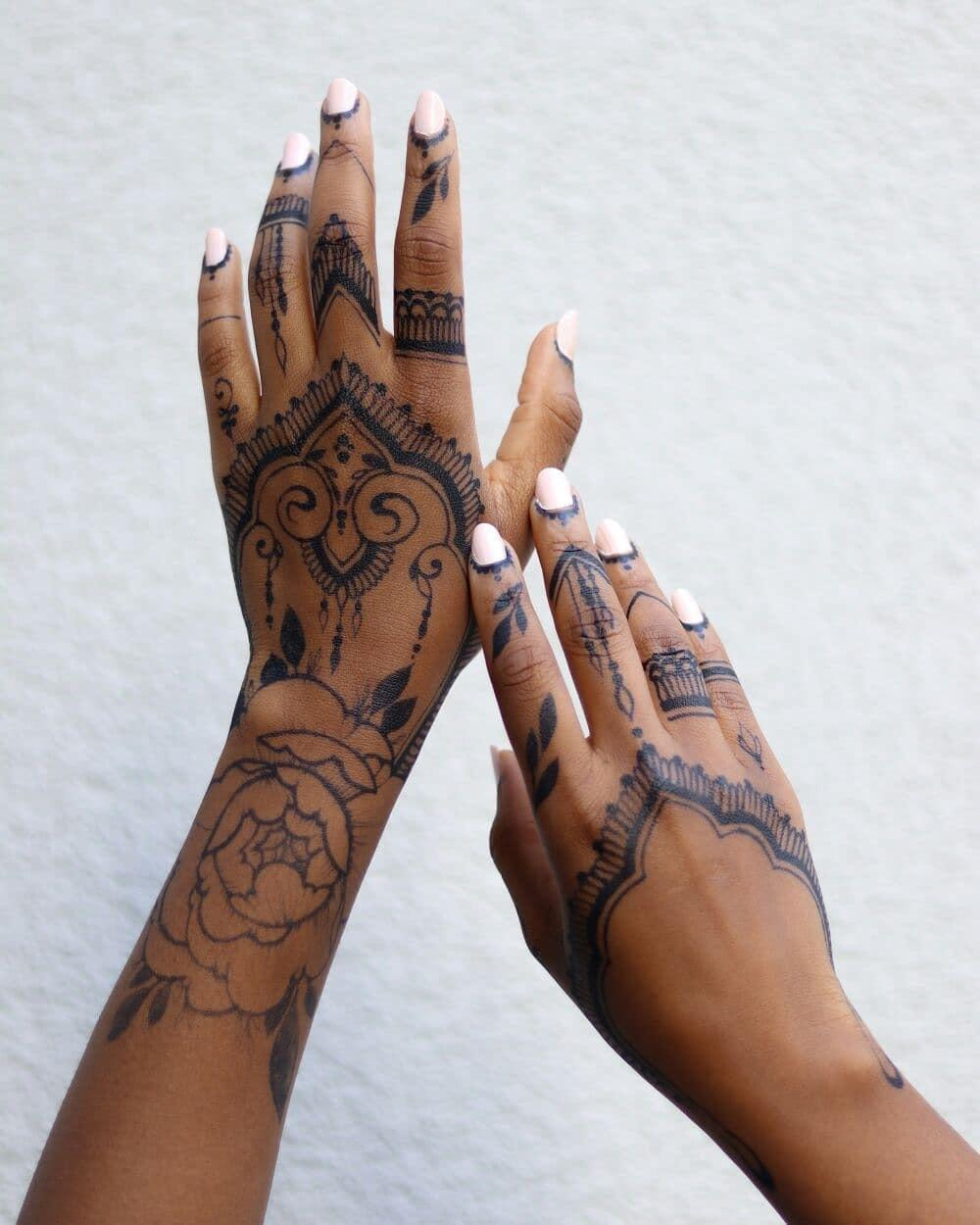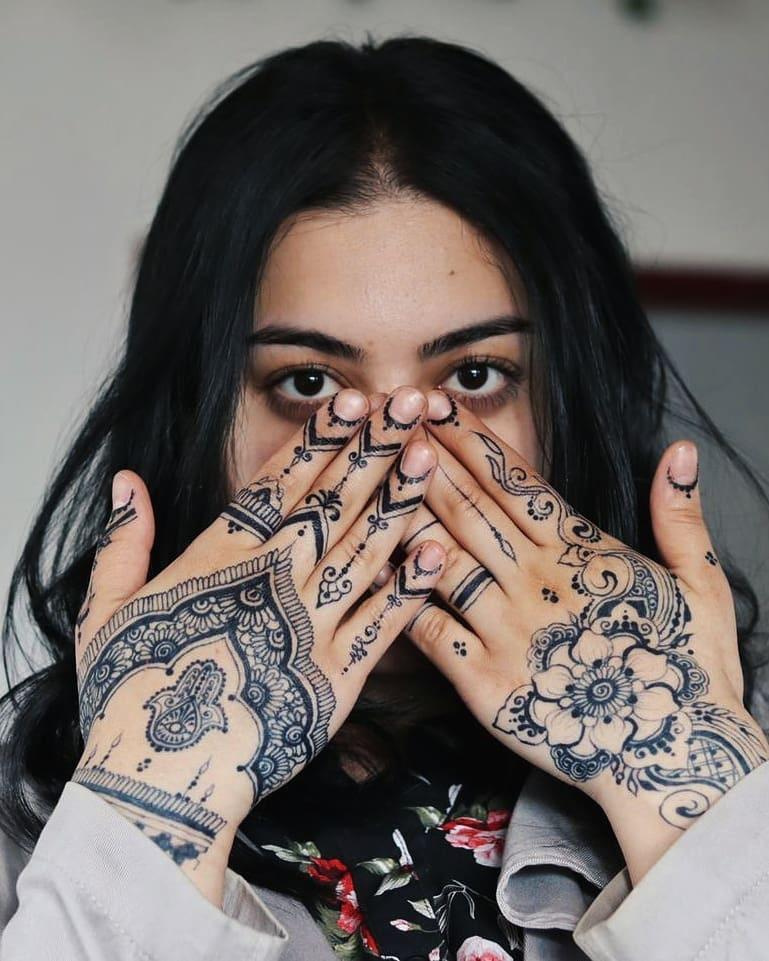
What is jagua?
Jagua is not yet as well-known as henna. Similarly to henna jagua juice was used for body decoration for thousands years. However, it became popular the Western world quite recently.
Jagua is made of a tropical fruit Genipa Americana🍈 It is an edible fruit that grows in Amazonian rain forests. Local tribes traditionally use its juice for body painting. And now jagua juice is made into a gel and sold all over the world as a natural material for temporary body art. And we are happy to have it available.
Be careful: jagua is NOT black henna! So-called “black henna” doesn’t exist in the nature. “Black henna” is usually henna mixed with dangerous chemical called PPD❌💀❌ PPD is toxic in high quantities and can leave burns, scarrs and lead to life-long sensitizations.
Jagua instead is a natural and safe product🌿 It has no PPD, no dangerous chemicals and no artificial colorants inside. Coloring the skin is a natural ability of the jagua fruit itself. However it is often confused with “black henna” as it also gets pretty dark and people don’t know it so well. But no stress: I will share with you some tips on how to recognize toxic “black henna” and to make sure that you will be getting natural jagua.
Safety tips: distinguishing natural jagua from fake “black henna”
It is not that hard, but you just need to know this. Before getting long-lasting dark body art on your skin, ask your artist the following questions:
- What is in the cone or bottle?
Simple as that. They have to know it, they have to give you this information and the answer should be “jagua” or “hengua” (a mix of natural henna and jagua that can also get pretty dark depending on proportions). If they start telling you something about walnuts (a frequent cover for black henna) or “natural” black henna — don’t get it done.
- How long do I need to keep it on the skin?
For jagua it is a minimum of 2 hours, normally 2-4 hours are recommended, some artists suggest longer. But it is never half an hour or an hour.
- When will I see the result?
Jagua is light-grey or even almost yellow after washing the gel off. It darkens with oxidation within 24 hours. Toxic “black henna” is black immediately after you washed it off. So good things require patience.
That’s it! Now you’re armed with knowledge, use it wisely.
Okay, fine, there is an additional little advice: you can always research your artist beforehand. Read about what materials they use, see the reviews and ask them questions in messages. There is nothing to hide, no “black magic” in the process, it’s all chemistry of plants, proteins in our skin and oxygen. The process is transparent, so should be the artist.
Now that’s definitely it. So look around, keep the tips in mind and enjoy the power of the nature coloring your skin!



